It was indeed an unprecedented effort to raise a continent from the devastation of a horrific world war, and ironically, the idea belonged to a career soldier.
George C. Marshall, Secretary of State in the administration of President Harry S. Truman, had already been acknowledged as an outstanding administrator. It had been General Marshall who expanded the U.S. Army from a feeble 175,000 in 1939 to 1.4 million in 1941 and eventually a staggering strength of eight million to face the Axis onslaught. As a member of the Joint
Chiefs of Staff, he had been the principal military advisor to President Franklin D. Roosevelt and attended every major conference between Allied leaders during World War II.
During World War II, Marshall, a Pennsylvanian who had graduated from the Virginia Military Institute and served in the Army during the Philippine Insurrection and World War I, performed something of a dual role. He participated in major military decisions while also contributing to the stability of a sometimes tenuous relationship between the United States, Great Britain, and the Soviet Union. Undoubtedly, his organizational and diplomatic skills hastened the defeats of both Nazi Germany and Imperial Japan.
Many had speculated that Marshall himself would lead the Allied invasion of Normandy, but Roosevelt deemed his presence in Washington, D.C., to be too important to the war effort and General Dwight D. Eisenhower was chosen for the job. In December 1944, Marshall was promoted to the rank of General of the Army, becoming on of only a select few military men to achieve five star rank. During his illustrious career, Marshall also served as Secretary of Defense and was twice named Time magazine’s Man of the Year.
In the wake of the war, the European economy lay devastated. Starvation and despair stalked the continent, and the inevitable clash of political ideologies loomed. When Marshall, now a civilian, stood before the graduating class of Harvard University on June 5, 1947, he chose to outline a bold initiative which would be offered “not against any country or doctrine, but against hunger, poverty, desperation and chaos.”
Marshall went on to describe what he called the European Recovery Program. However, it would forever be known as the Marshall Plan. A total of $13 billion in aid to European countries would stimulate the recovery of industry, feed the hungry, and foster political stability. Over the course of the next five years, at any given time as many as 150 ships were en route from the United States or unloading at ports of entry along the coastline of Europe. The ships carried machinery, raw materials, and foodstuffs. All the countries of Europe were invited to participate in the plan, including the Soviet Union — which declined.
Aside from the humanitarian nature of the Marshall Plan, its pragmatic architect also realized that the coming of the ideological standoff between East and West clearly defined the necessity of solidifying spheres of influence around the globe. In gaining the support of the American people, spearheading the necessary legislation through Congress, and championing the eradication of human suffering, Marshall effectively stemmed the tide of communism in Europe. He also facilitated the rebuilding of markets to consume American goods and laid the foundation for the North Atlantic Treaty Organization (NATO) and collective defense.
In 1953, largely due to the formulation and delivery of his European relief program, Marshall became the first soldier ever awarded the Nobel Peace Prize. He died on October 16, 1959.
Few men in history have proven themselves so capable in both war and peace as George C. Marshall. As time marches beyond the observance of the 60th anniversary of the end of World War II, we would do well to mark the coming anniversary of the Marshall Plan, the blueprint for peace, freedom, and eventual victory in the Cold War.
Michael E. Haskew
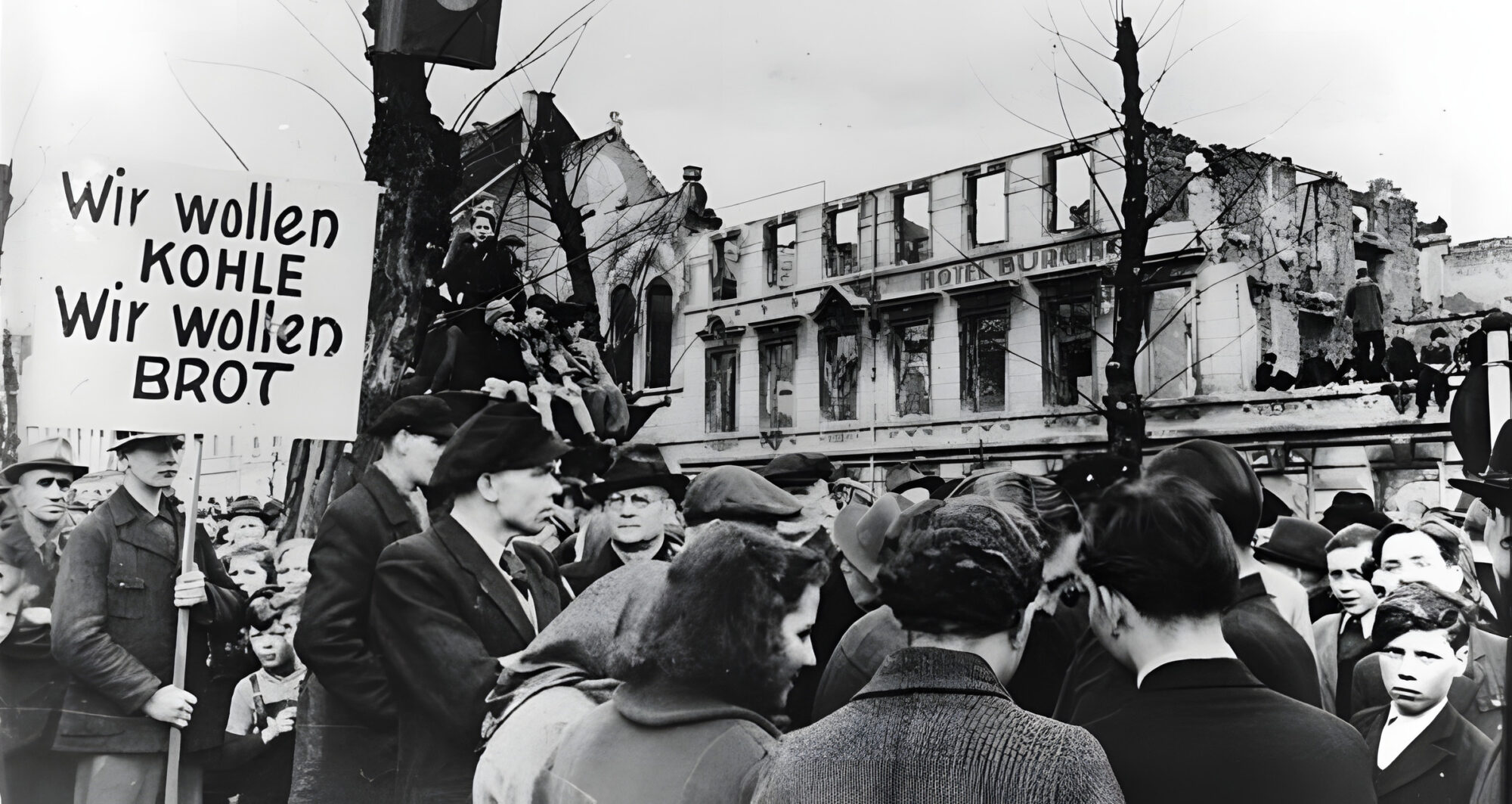
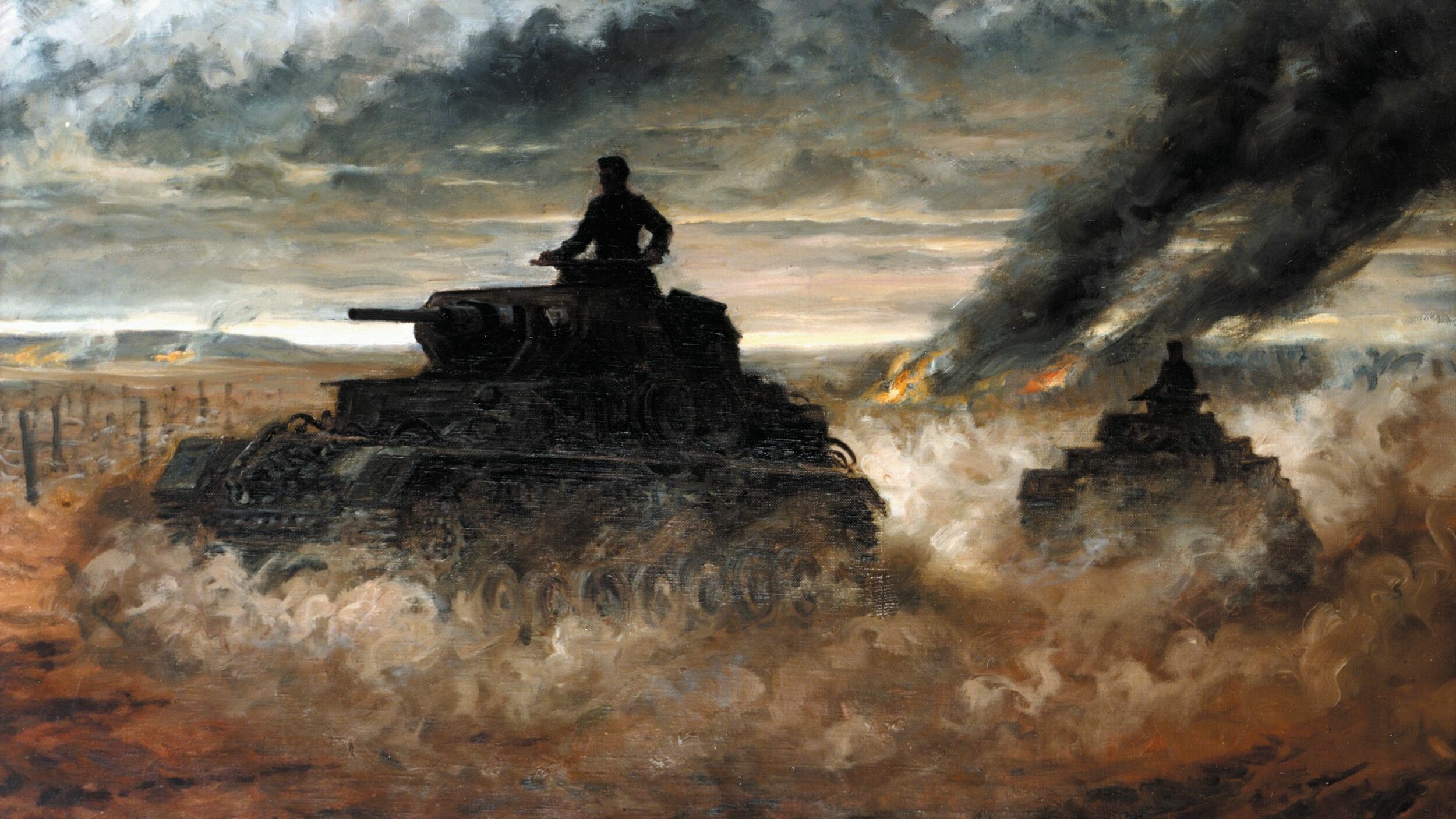
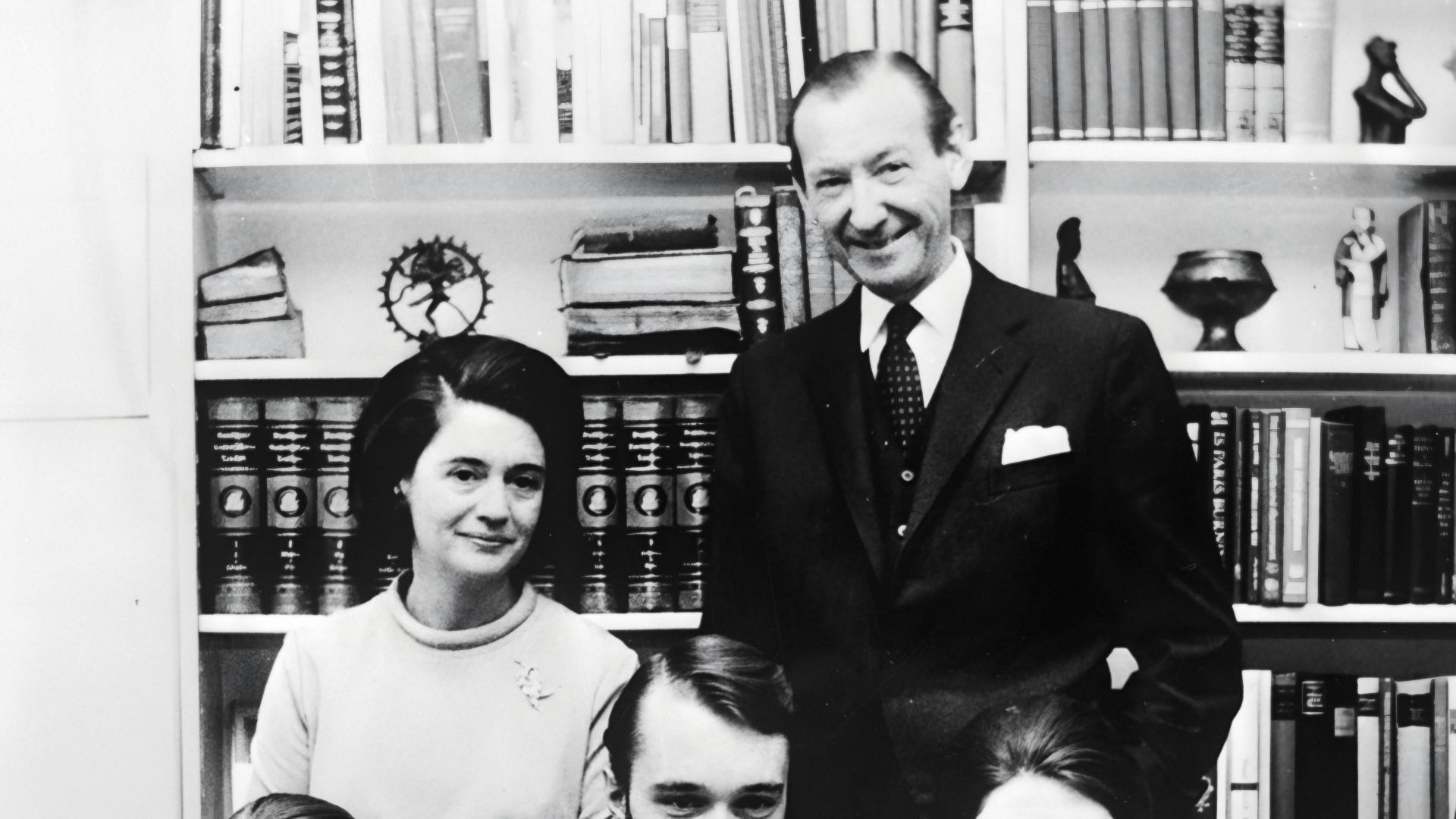
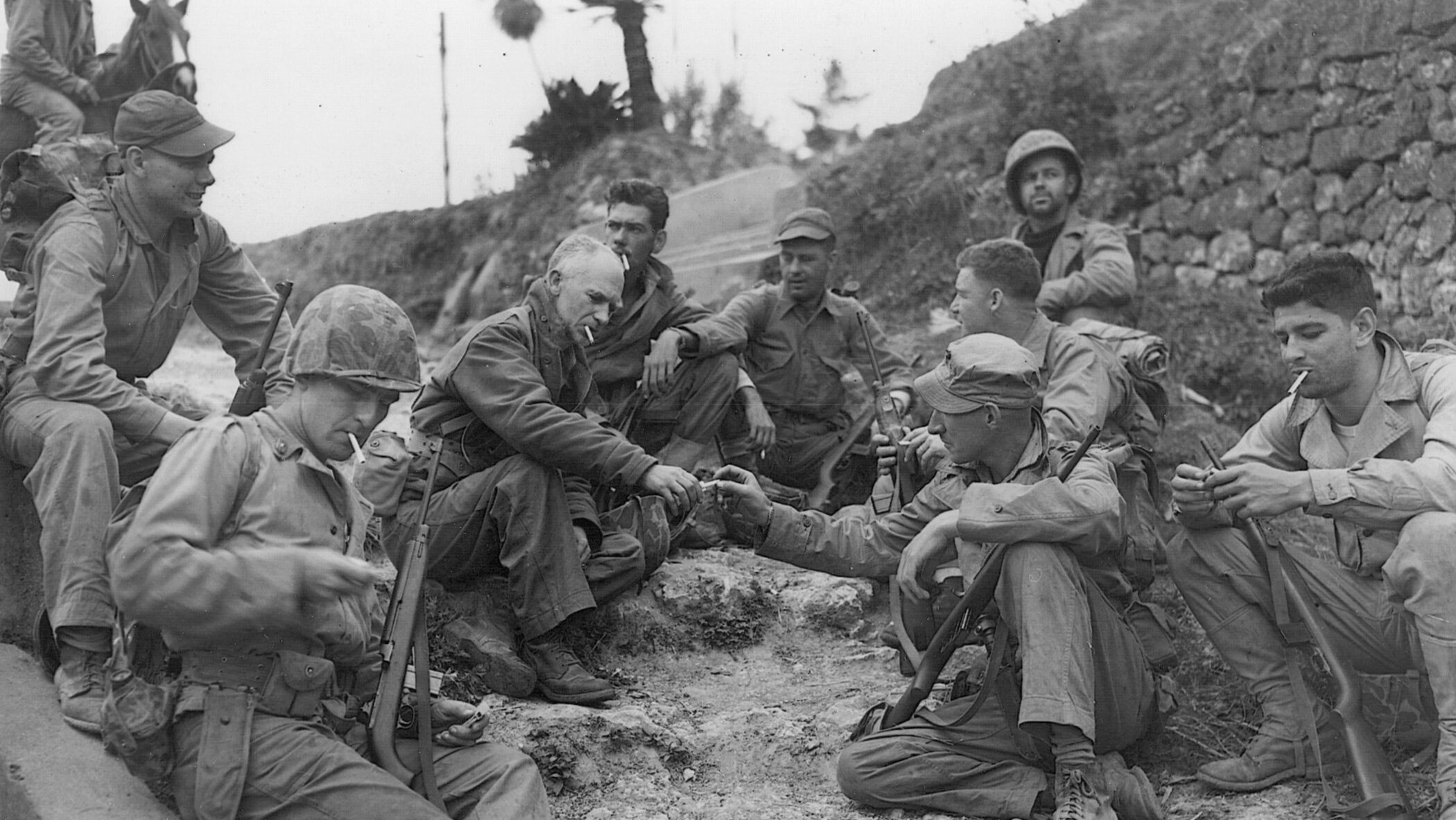
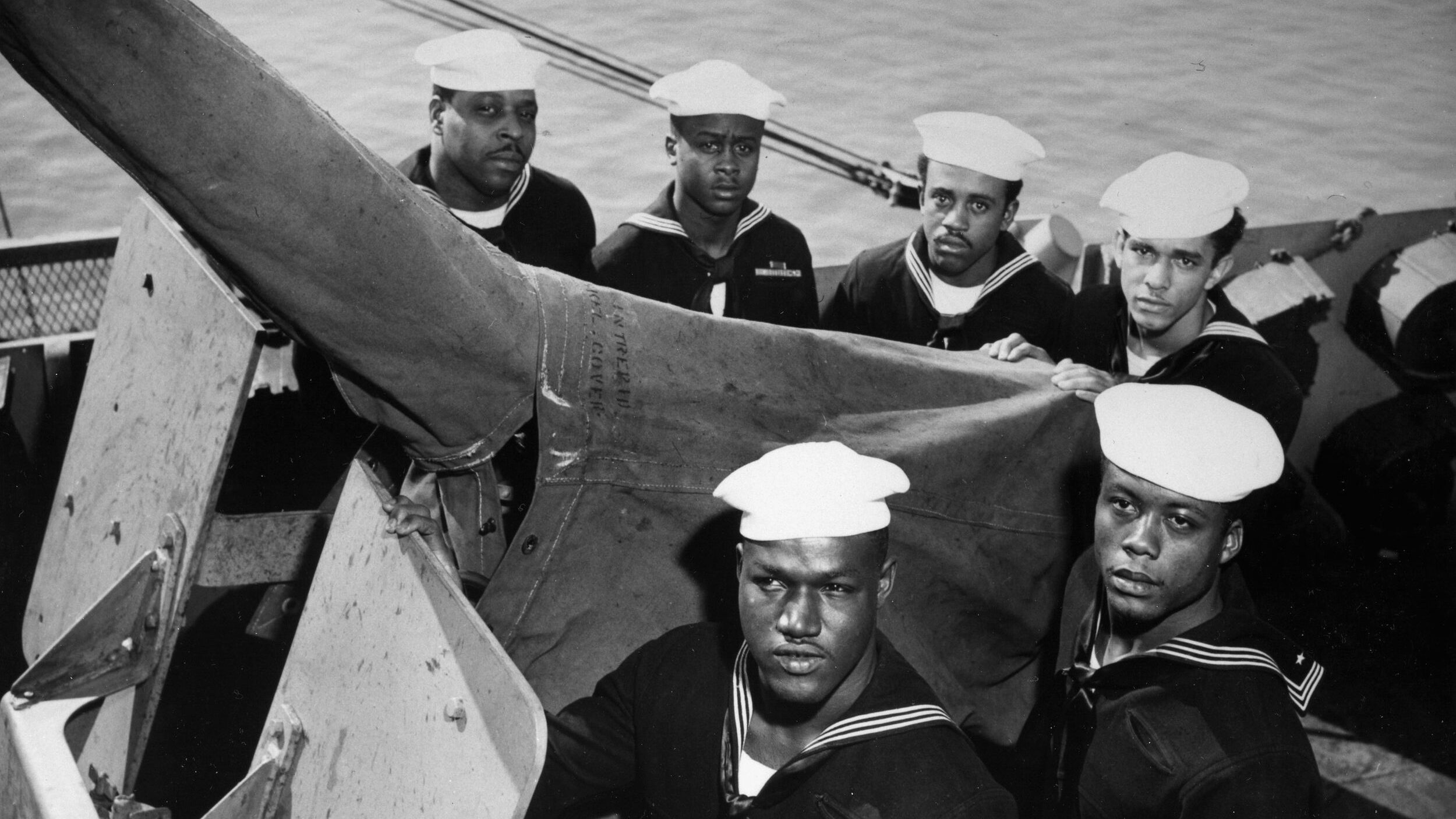
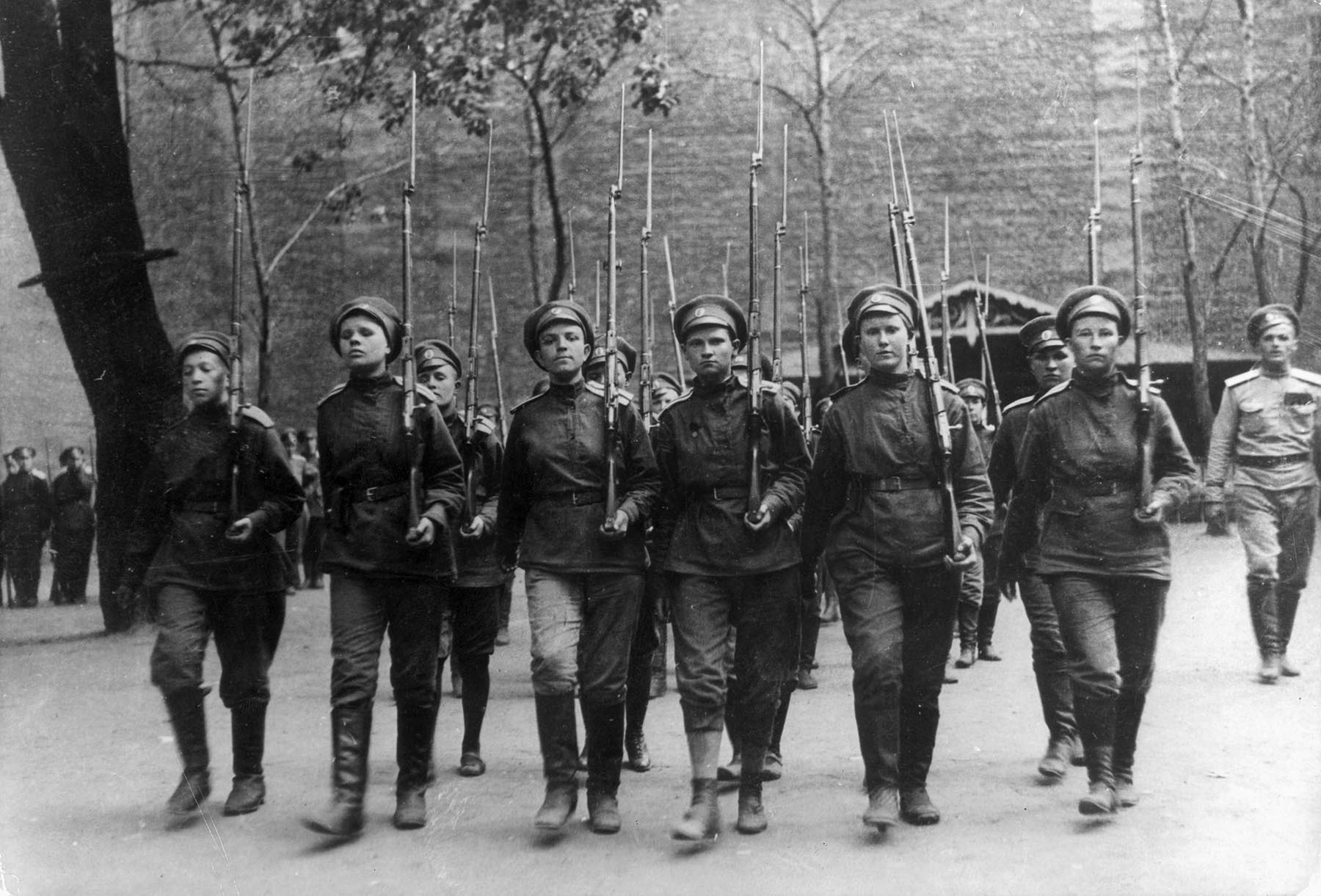
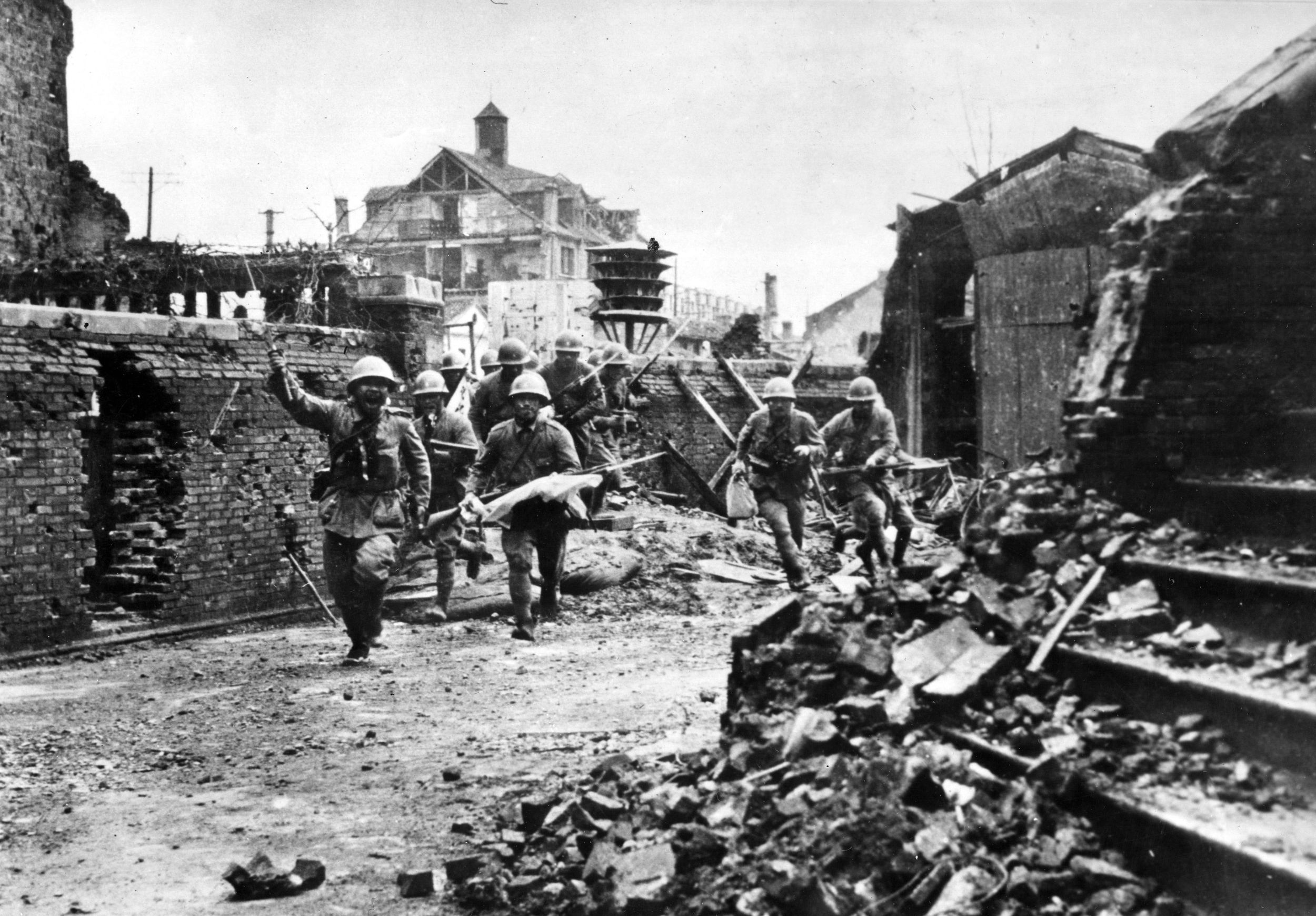
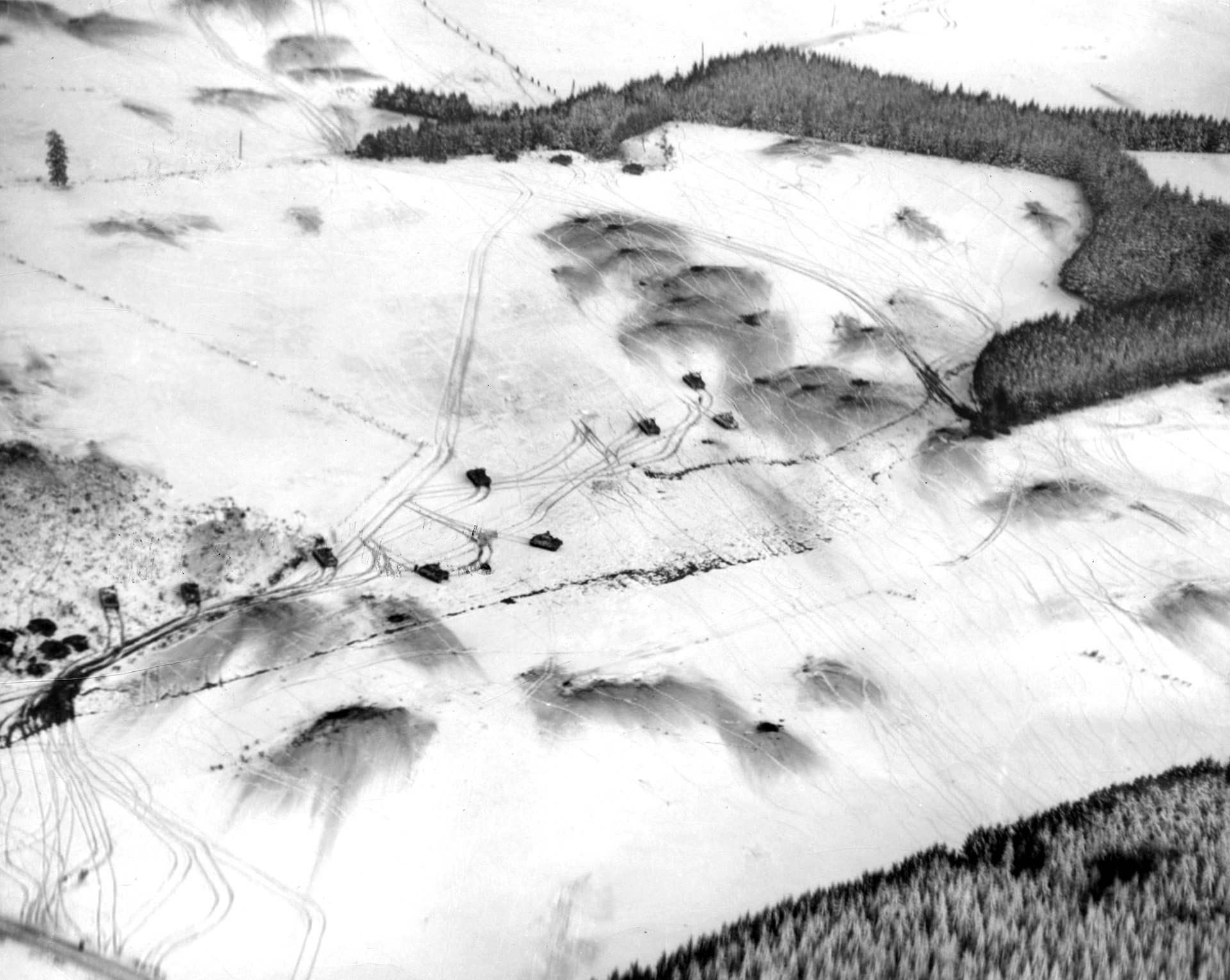
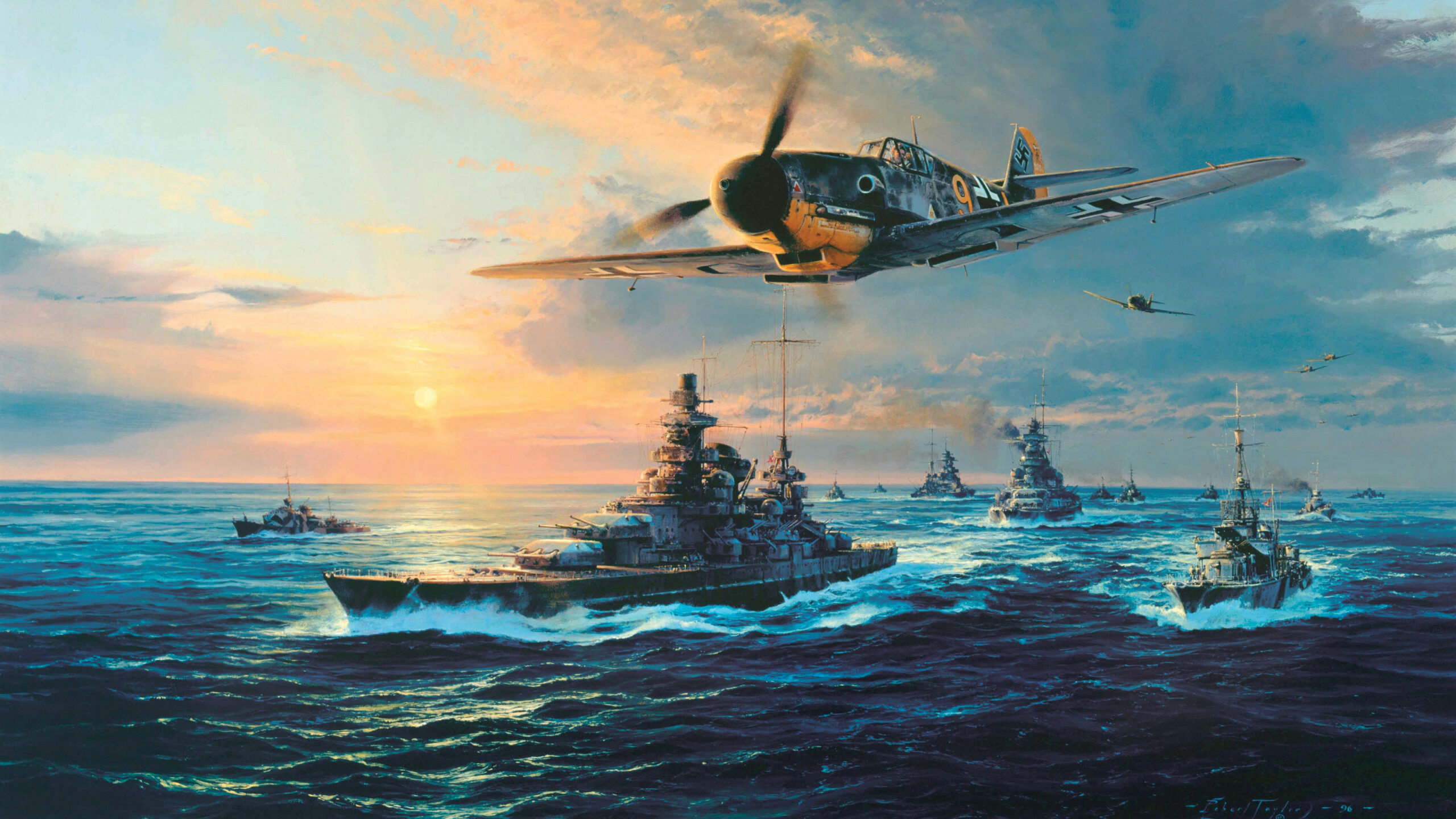
Join The Conversation
Comments
View All Comments